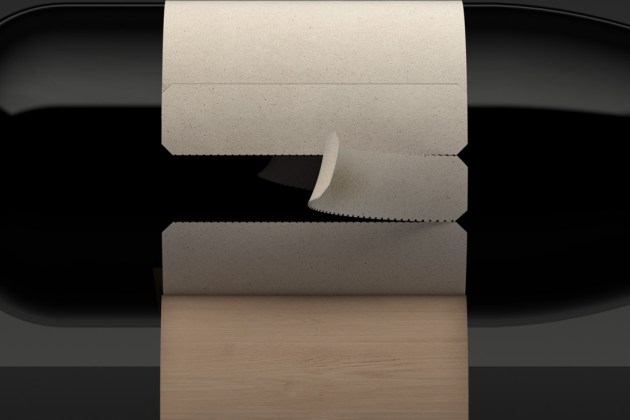Adelaide-based Parallax Design has been selected as one of just 20 design studios from around the world to take part in this year's Make A Mark — a global project brought to life by bottle manufacturer Estal, paper merchant Avery Dennison and foil manufacturer Kurz.
The team, headed by creative director Matt Remphrey and designer Josh Jarvis, came up with a concept, Forbidden Love, which it says pays homage to the uniquely Australian blend of Cabernet Sauvignon and Shiraz, and the story of how it came to be.
Australian winemakers from Yalumba and Penfolds first started experimenting with this blend in the 1800s. French winemakers also realised the two grapes were a perfect match but were forbidden from making the blend after the Appellation system was implemented.
“Cabernet Sauvignon and Shiraz blends are Australia’s gift to the world of wine. It is a uniquely Australian wine blend. We wanted to tell a story that was close to our hearts and close to our home. Our concept, Forbidden Love, pays homage to this great Australian blend and the story of how it came to be.” Designer Josh Jarvis told PKN.

The designers said the concept joins the traditional bottle of each grape (Bordeaux for Cabernet and Burgundy for Shiraz) into one double ended bottle. Remphrey explained to PKN that each side of the double-ended bottle contains 375mL of liquid, separated by an internal glass barrier. Both ends are sealed with cork and can be opened for the consumer to decant the wines and make their own blend.
For the label, the designers used a foiled symbol, two hearts joined together to form a cross, sits centrally, which “speaks to the once forbidden blend becoming a much loved style and symbolic of Australia”.
The reverse of the label, contains a “hidden story”, the “little-known story of Australia’s involvement in the original innovation”, which is revealed upon removing the tear tab. The label can be completely removed from the bottle, allowing more efficient recycling and reuse.
For the final step, the team designed a timber cradle to match the diameter of the bottle and elegantly display it.







